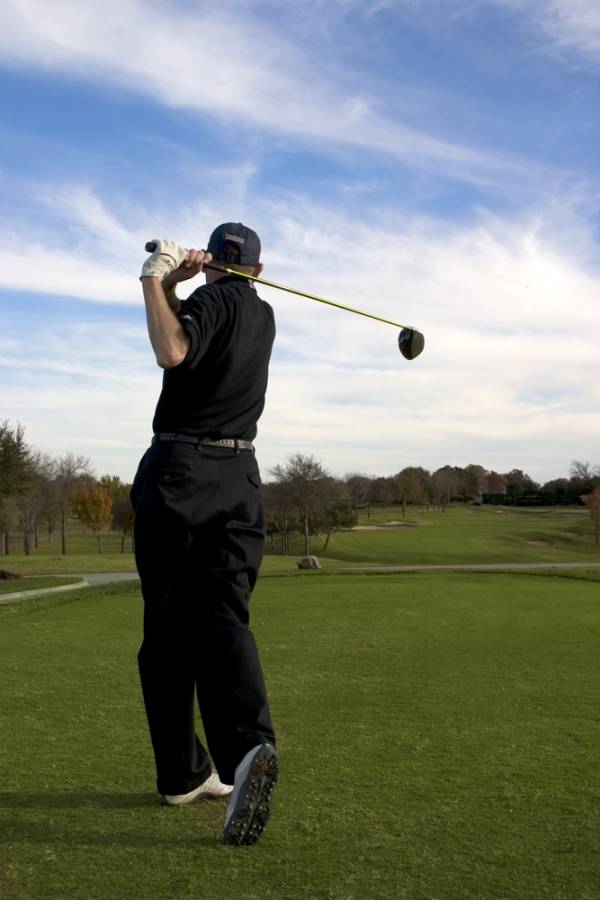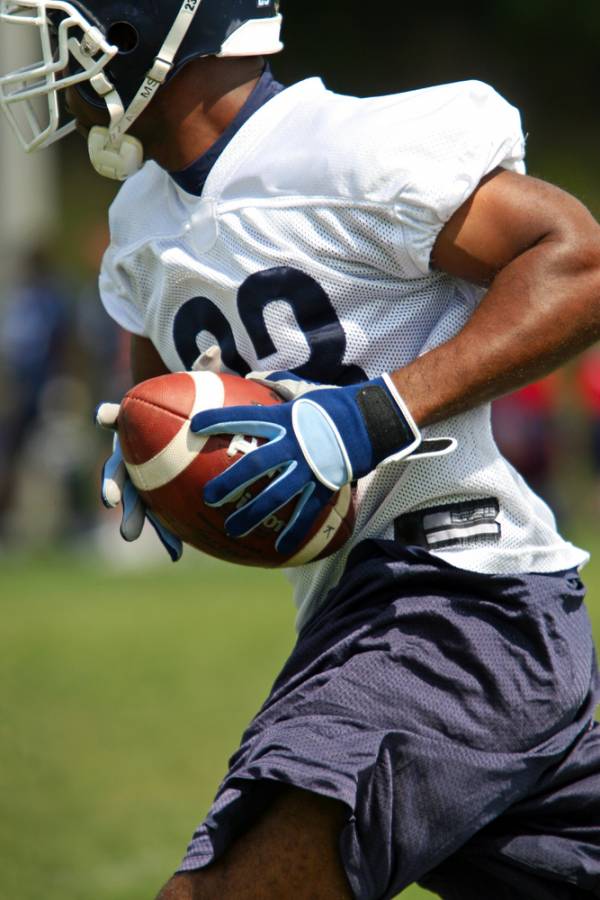Sport-Specific Training – The Old Days
In my day, sport-specific training – which I don’t believe was even a term at the time – meant becoming more physically fit by strength training, running, and performing wind sprints, along with hours upon hours of skillful practice of one’s chosen sport or activity.
I played basketball when I was a kid, so for me, it meant doing sprints with and without a basketball up and down the court, rebounding, shooting under game-time scenarios, and performing basketball related activities.
I did not mimic movements with resistance and I did not haphazardly jump up and down on boxes or run with a parachute on my back to improve my explosive speed.
I didn’t do anything except work at getting my entire body stronger using what was referred to as the Nautilus Training Principles and then being very specific to my practicing my skills.
A Personal Experience
I played basketball my entire young life and back in the late 1970s weighted vests became popular, so I purchased one. I wore that thing all the time because in my mind, I was going to improve my jumping, my speed, and my quickness.
Well, so I thought. I ran, jumped, and practiced shooting every day with that vest on. In the beginning I had trouble making most of my shots, my running stride was out of whack, and my timing was way off in all aspects of my game. Why? Because I was learning new motor skills.
After about a week I started making my shots and to get my timing down. After that week I decided to go play some pickup games sans the vest and to my surprise, I couldn’t make a shot to save my life.
My timing was way off, my stride was not right, and I mistimed my jumps. Why? I had developed new learning skills with the vest that did not cross over to my needs on the basketball court. I dropped the vest and after a couple of days got my timing back and never wore the thing again.
Sport-Specific Training – Today
Currently, the term “sport-specific training” has taken on a completely different connotation, largely in part because of the commercialization of the strength and conditioning industry.
At the present time, the idea of sport-specific training is touted as being able to duplicate or imitate a specific skill or aspect of one’s sport or activity in the weight room atmosphere.

Sport-specific training in its current concept is a means of simulating a movement or exercise in the weight room with the intention of it transferring to the playing field, regardless of what that field is.
It, at times, is also a protocol of lifting fast to become fast, using low repetitions to bulk up, and performing explosive movements to become explosive.
Of course, these are not all of the perceived concepts attached to sport-specific specific training, but enough to make one question what the hell someone is thinking when they argue these points.
The term “sport-specific” in my definition of the term means “specific to one’s sport or activity,” which means the individual should be engaging in perfect practice to improve their skill.
If someone wants to improve their golf swing then they should take golf lessons from a qualified coach and then practice, practice, and practice some more. Swinging a weighted object of any kind in place of the golf club will not develop club head speed or improve their swing.
What it will do is create new mechanicsfor their body to learn and then distort their regular swing. Plain and simple, there is no transference from one activity to another, which is why movement is specific.
It’s Not Just About Strength
The same holds true for developing explosiveness and speed. These skills are developed by becoming stronger, practicing proper skills and techniques, understanding and studying one’s sport, having acute auditory and visual skills, being perceptive, and of course, let’s not forget genetics.
I remember watching the great Dick Butkus when I was young (yes, I know I’m dating myself here) when he played for the Chicago Bears. You could see him watch as plays evolved and then react with such tenacity and speed.
Was it because he was doing power cleans or lifting fast? No, the man knew his sport and his competition and put himself in the right place at the right time.
He was strong, determined, understood how to read plays, and was an animal on the field. That’s what made him great, and this was all without the benefit of strength training because at that time he didn’t believe in it.
Have you ever experienced or witnessed an individual avoid a car accident merely because they see the accident unfolding as it is about to occur, and while observing their surroundings, they react instantly?
Is it because they work out on a balance board or maxed out on their squats? Nah, I doubt it. They used their auditory and visual skills, maybe even some experience and knowledge of how to handle a situation as this. So, my confusion lies with the idea of transfer – transfer of performing one movement or skill to another.
If a power clean is identical to performing movements on the football field then I should be able to eat soup with a fork because it’s the same movement as if I were to use a spoon.

If you believe that one needs to stand on an unstable surface to become stable, then that leads me to reason that you wouldn’t mind a house built on sand.
Why put someone on an unsecured surface to develop stability? Why have someone risk falling, twisting a knee or ankle, or worse, so they can develop balance? And when was the last time you saw anyone play a sport on an unstable surface? Lift fast to be fast? I disagree.
Using momentum and gravity to move the weight is not going to force your muscles to do all the work. Think about this, does it make sense to unload the muscle to develop strength and speed?
If you give it a moment’s thought you’d realize that the muscles need to do the work to become stronger and just throwing a weight around doesn’t mean you are becoming stronger or becoming faster – it just means you are throwing a weight around. Consider developing strength more than displaying strength.
Sport-Specific Training – Conclusions
If you are working with young athletes, set them up for success by including the following in their program:
- Implement a safe, efficient, and effective full-body strength program two to three times per week. Have them work on all the major muscle groups and include exercises specific to strengthening the hands, calves, and in particular, the neck. Use a high level of effort with controlled movement. Include 7-10 exercises per workout and have them move quickly between exercises.
- Additional conditioning work is optional when the athlete is strength training intensely a couple times per week and practicing his or her sport. Conditioning, if needed and included, should be broken out in a structured manner. Over conditioning an athlete can lead to injuries and burnout very easily.
- Practice, practice, practice, but make sure the athlete is practicing properly. You can practice all day long that 2+2=5, but you’d be wrong every single time. Make sure what your athletes are practicing is correct.
- Have them become a student of the sport. Make sure they watch other athletes on all levels so they can learn more about the game and particular situations, so they can further their understanding of the sport.
- Have your athletes work on their auditory and visual skills as well. Being able to watch plays unfold and communicate will improve their skill set and effectiveness tremendously.
Photos courtesy of Shutterstock.






